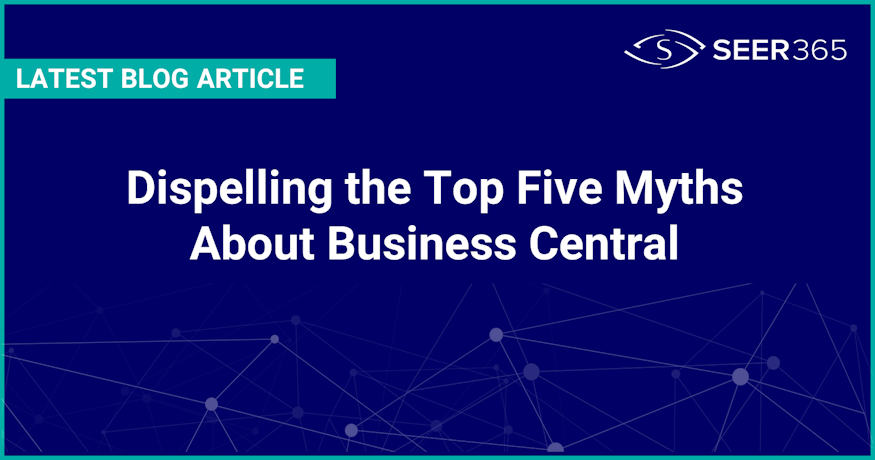The Ultimate Guide to Implementing Dynamics 365 Business Central in 2025

Microsoft Dynamics 365 Business Central (D365 BC) continues to be a leading cloud-based ERP solution for small and mid-sized businesses. Its comprehensive features span finance, supply chain, sales, and operations, making it a pivotal tool for organizations aiming to enhance efficiency and scalability.
Key Phases of a Successful Implementation
A structured approach is essential for smooth D365 BC deployment. The implementation process typically includes:
- Discovery & Planning
Utilize tools like GYDE365 from Seer 365 to assess business needs, gather requirements, and define project scope. - System Design
Configure the system to align with organizational workflows, ensuring optimal performance and user adoption. - Development & Customization
Develop necessary custom features and integrations to meet specific business requirements. - Testing
Conduct thorough testing phases, including unit testing, system testing, and user acceptance testing (UAT), to validate functionality and performance. - Deployment
Migrate data from legacy systems, finalize configurations, and prepare for go-live. - Post-Go-Live Support
Provide ongoing support and training to ensure smooth operation and continuous improvement.
Leveraging GYDE365 for Enhanced Implementation
GYDE365 offers a suite of tools designed to streamline the implementation process:
- Business Process Mapping: Visualize and document current and future state processes to identify gaps and opportunities.
- Requirements Gathering: Facilitate structured collection and analysis of business requirements.
- Project Governance: Monitor project progress, manage risks, and ensure alignment with business objectives.
Incorporating GYDE365 into your implementation strategy can lead to more efficient deployments, reduced risk, and better alignment with organizational goals.
Embracing a Fixed-Price Approach for Predictable Outcomes
Adopting a fixed-price implementation model offers several advantages:
- Controlled Timeline: Clearly defined project phases ensure timely completion.
- Managed Expectations: Transparent communication and predefined deliverables align stakeholder expectations.
- Defined Cost Structure: A fixed-price agreement eliminates unexpected expenses, providing financial predictability.
This approach fosters accountability and ensures that the project stays on track, both in terms of budget and schedule.
Common Challenges and Mitigation Strategies
Implementing D365 BC can present several challenges:
- Complex Requirements: Diverse departmental needs may complicate system design.
- Customization Overload: Excessive customizations can increase complexity and maintenance efforts.
- Data Migration Issues: Transferring data from legacy systems may encounter compatibility and quality issues.
- User Adoption: Resistance to change can hinder effective utilization of the new system.
To mitigate these risks, it's crucial to engage stakeholders early, maintain clear communication, and provide comprehensive training.
Implementation Timeline
Past methods of implementing Dynamics 365 Business Central could take anywhere from several months to over a year, often due to vague scoping, evolving requirements, or inefficient planning.
Pelorus takes a different approach.
By leveraging the structured GYDE365 process, Pelorus typically completes the entire implementation in just 18 weeks—from initial discovery through go-live and final data migration. This fixed-duration, fixed-price methodology ensures clear timelines, predictable outcomes, and minimal disruption to business operations.
Conclusion
A successful Dynamics 365 Business Central implementation requires careful planning, stakeholder engagement, and the right tools. By leveraging the Pelorus Technology methods built on the GYDE365 toolset, and adopting a fixed-price approach, organizations can enhance their implementation strategy, leading to improved efficiency, reduced risk, and better alignment with business objectives.
Contact us today at Pelorus Technology to elevate your business operations with our expert Microsoft Dynamics 365 solutions and Services. As a Global Microsoft Partner, we are committed to streamlining your processes and delivering top-tier services tailored to your needs. Let’s get started on your transformation journey!









